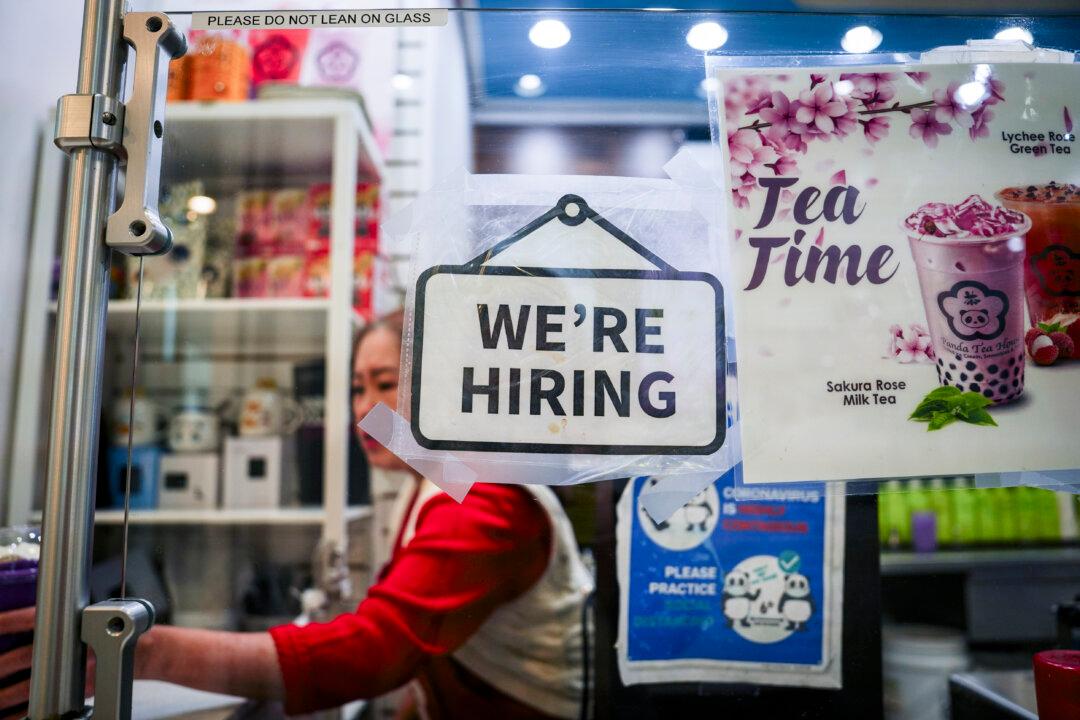“I have now determined that, to the extent these tariffs apply to the same article, these tariffs should not all have a cumulative effect (or ‘stack’ on top of one another) because the rate of duty resulting from such stacking exceeds what is necessary to achieve the intended policy goals,” Trump wrote.
The 25 percent tariff on imported vehicles took effect earlier this month, part of the administration’s broader strategy to revive U.S. auto manufacturing.
Under the new directive, carmakers will still pay the 25 percent tariff on foreign-built vehicles, but they will be exempt from other overlapping import duties—including a separate 25 percent tariff on steel and aluminum components, as well as a 10 percent universal baseline tariff.
A senior Commerce Department official described the executive order as the “finishing touch” on the administration’s strategy to strengthen the domestic auto sector. “This is designed to allow all of the domestic auto manufacturers to grow their plants, to grow new employment, and to build more factories in America,” the official said on a call with reporters.
Treasury Secretary Scott Bessent echoed that message, emphasizing the administration’s goal to bring car production back to the United States.
“We want to give the automakers a path to do that quickly, efficiently, and create as many jobs as possible,” Bessent said at an April 29 press briefing alongside White House press secretary Karoline Leavitt.
Trump is traveling to Michigan to celebrate the accomplishments of his first 100 days in office during a rally outside Detroit.
The auto industry welcomes the administration’s softening the potential economic impact of tariffs and offering some flexibility.
In a statement to The Epoch Times, Ford CEO Jim Farley said that the company “welcomes and appreciates” the president’s decisions to mitigate tariff-related effects on automakers, suppliers, and customers.
“As the right policies are put in place, it will be important for the major vehicle importers to match Ford’s commitment to building in America,” Farley said.
“If every company that sells vehicles in the U.S. matched Ford’s American manufacturing ratio, 4 million more vehicles would be assembled in America each year. The U.S. would see a windfall of new assembly and supplier factories and hundreds of thousands of new jobs.”
General Motors, meanwhile, pulled its annual forecast on April 29. In its first-quarter earnings report, the car manufacturer reported strong results, but paused its guidance for the rest of the year because of the uncertainty surrounding trade policy.
“The future impact of tariffs could be significant,” GM CFO Paul Jacobson said on a call with analysts and shareholders. “We’re telling folks not to rely on the prior guidance, and we'll update when we have more information around tariffs.”
Ford Motor shares climbed more than 1 percent, while General Motors slipped about 0.4 percent. Stellantis, the maker of Jeep, Chrysler, and Dodge, rose about 2 percent. Tesla Motors shares fell 0.5 percent.

According to Stephanie Brinley, associate director of Auto Intelligence at S&P Global, automotive tariffs will lead to slower vehicle sales, production volumes, and higher costs, with the most extensive effects to occur in 2026.
Erin Keating, an executive analyst at Cox Automotive, expects the tariffs to raise new vehicle prices by as much as 15 percent.
Data from the group’s Kelley Blue Book found that new vehicle prices were little changed in March at $47,462. Sales surged 30 percent last month, “as many consumers rushed to buy vehicles before the expected tariff-driven price hikes took hold.”
The Epoch Times reached out to General Motors and Stellantis for comment.








